Il Trovatore - Divertimento for Clarinet "from the motifs of the Opera by G. Verdi"
 Instant Download
Instant Download
Details
Description
SKU: A0.1097252
Composed by Luigi Bassi. Arranged by Francesco Buono. Classical,Opera. Score and Parts. 140 pages. Francesco Buono #701207. Published by Francesco Buono (A0.1097252).Luigi Bassi Arr. Francesco Buono Il Trovatore - Divertimento for Clarinet "from the motifs of the Opera by G. Verdi" for Clarinet and Wind Orchestra Full score and parts The Divertimento for Clarinet from the motifs of Bassi's “Il Trovatore” highlights four melodies from Verdi's opera. Bassi opens this Fantasia with the Chorus from the introduction of the first act, and then presents three arias, one for each of acts II, III and IV. In this piece he includes both the Themes in an original way and the variations. The keys used throughout the piece are Bb major and G minor, making it accessible even to younger players. The piece begins with the chorus "On the edge of the roofs" from the introduction to act I. The choir, composed of the soldiers of the Count di Luna who. The Fantasia opens with eight bars by the chorus in G minor (originally A minor). After 4 bars of G minor and E major seventh strongly accented, the Clarinet enters with a section of newly composed material characterized by arpeggios, chromatic scales with different articulations ending with a cadence. At this point, Azucena's aria begins "Stride la vampa!" from Act II in which she describes the death of her mother. the Clarinet plays the vocal line and Bass changes the articulations of this aria, adding or removing ligatures, accents and staccato marks. Bassi does so in an attempt to make the Clarinet reproduce the same effects as a singer. As an orchestral player, Bassi was very familiar with the practices of the time and may have made these kinds of changes wanting to better represent the vocal style of the time. Bassi changes the key of this aria to G minor from the original E minor. A variation of this aria follows with the clarinetist playing mainly sixteenth notes, varying the figuration with arpeggios and chromatisms, maintaining the listener's interest with continuous changes in articulation, rhythm and dynamics. For the aria of Leonora's act IV "D'amor sull'ali rosee", Bassi remains in the key of G minor (originally F minor). This section opens with the orchestral material taken from the beginning of the act. Then the triplets begin which emphasize the aria and the Clarinet enters with Leonora's theme faithfully represented. On the other hand, Bassi's Cadenza at the end of the aria is different; this is not surprising as it was a common practice for artists of the time to create personal cadences. The last section is taken from the aria of Act Ill: "Di quel pira" sung by Manrico. The section begins with the presentation of the theme, then the clarinet enters with a variation of the melody. The Clarinet exploits the repeated notes in this aria by substituting arpeggios for those notes. Bassi concludes the Fantasia with a final step of a new composition. Time increases and the dynamics opens towards the fortissimo.
This product was created by a member of ArrangeMe, Hal Leonard’s global self-publishing community of independent composers, arrangers, and songwriters. ArrangeMe allows for the publication of unique arrangements of both popular titles and original compositions from a wide variety of voices and backgrounds.
Digital Downloads are downloadable sheet music files that can be viewed directly on your computer, tablet or mobile device. Once you download your digital sheet music, you can view and print it at home, school, or anywhere you want to make music, and you don’t have to be connected to the internet. Just purchase, download and play!
PLEASE NOTE: Your Digital Download will have a watermark at the bottom of each page that will include your name, purchase date and number of copies purchased. You are only authorized to print the number of copies that you have purchased. You may not digitally distribute or print more copies than purchased for use (i.e., you may not print or digitally distribute individual copies to friends or students).
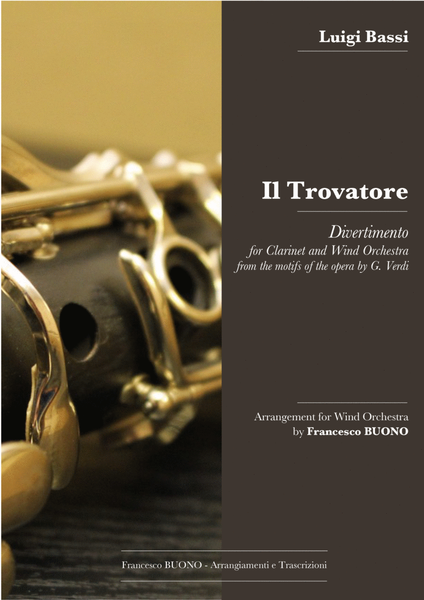

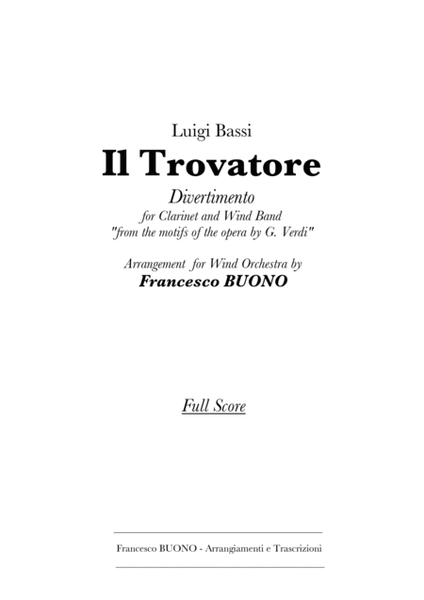
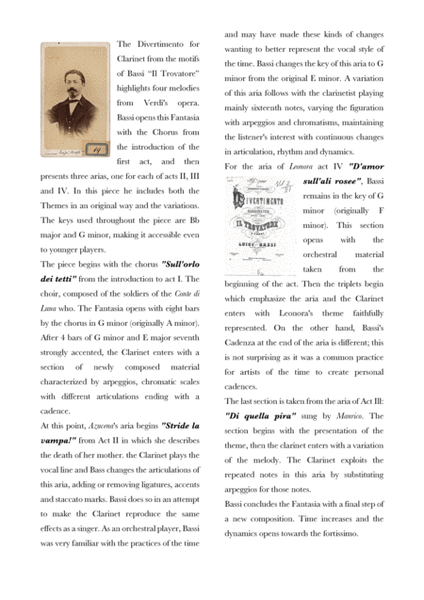
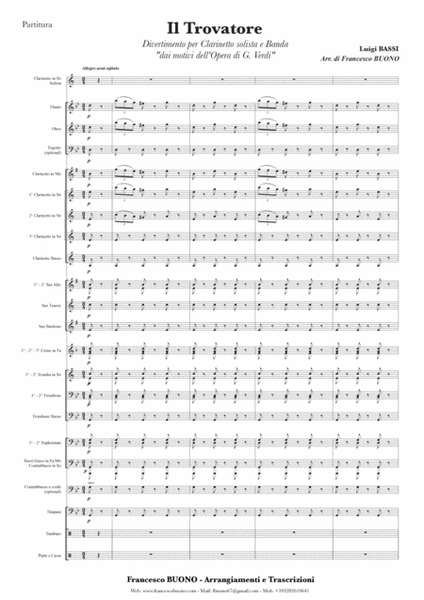
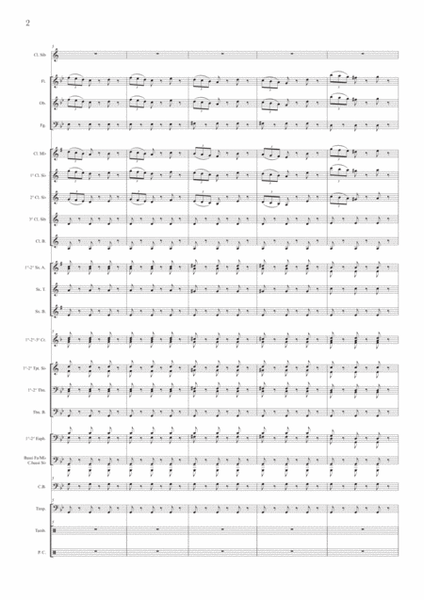
 Share
Share